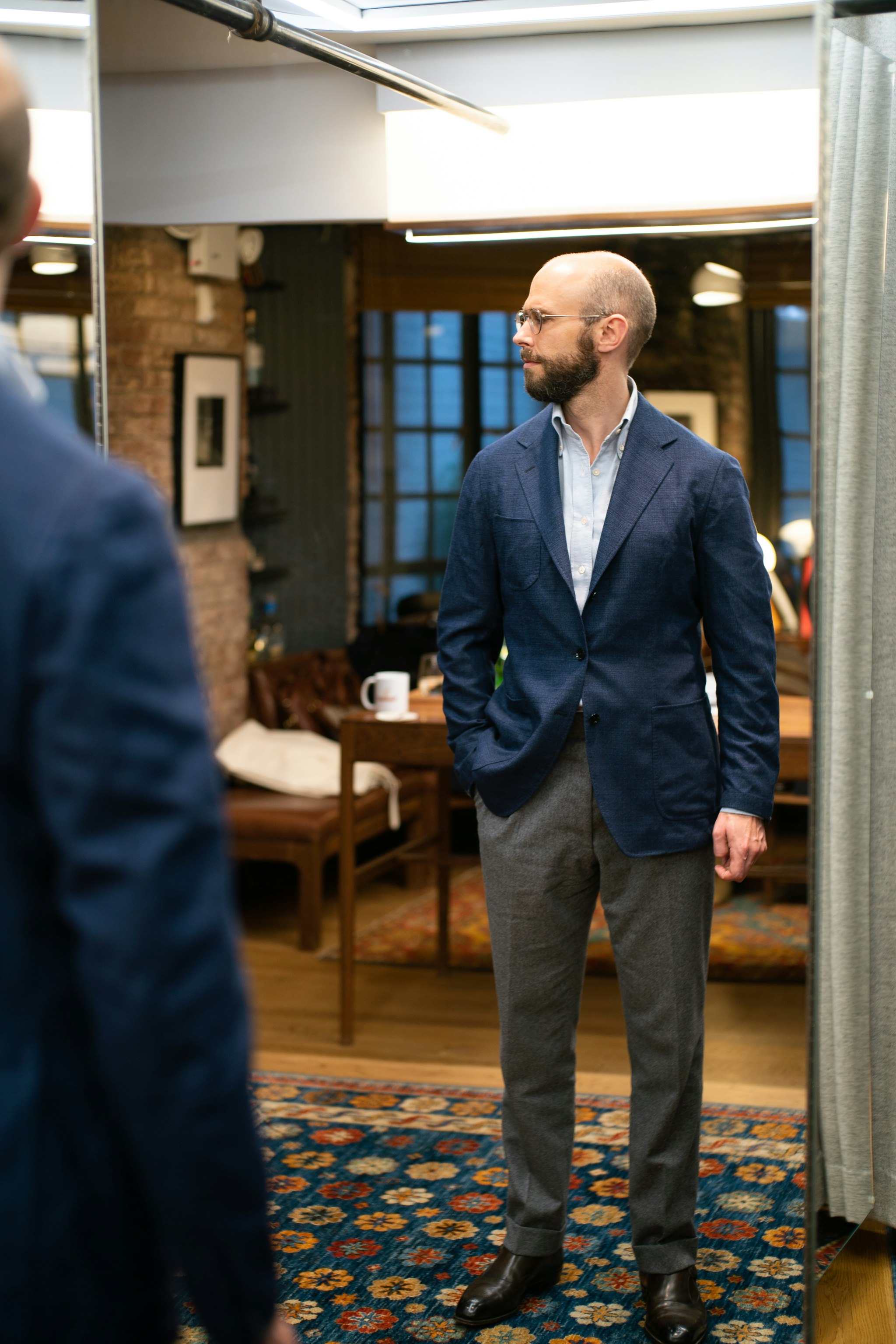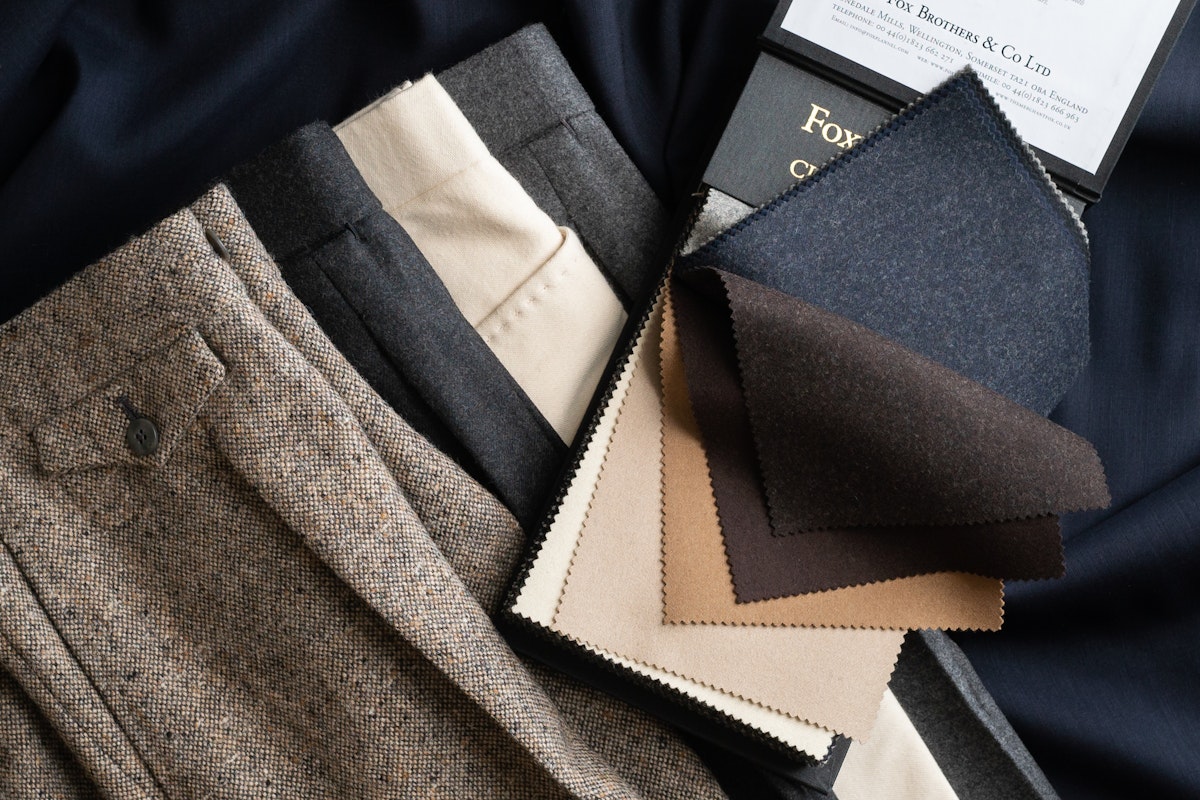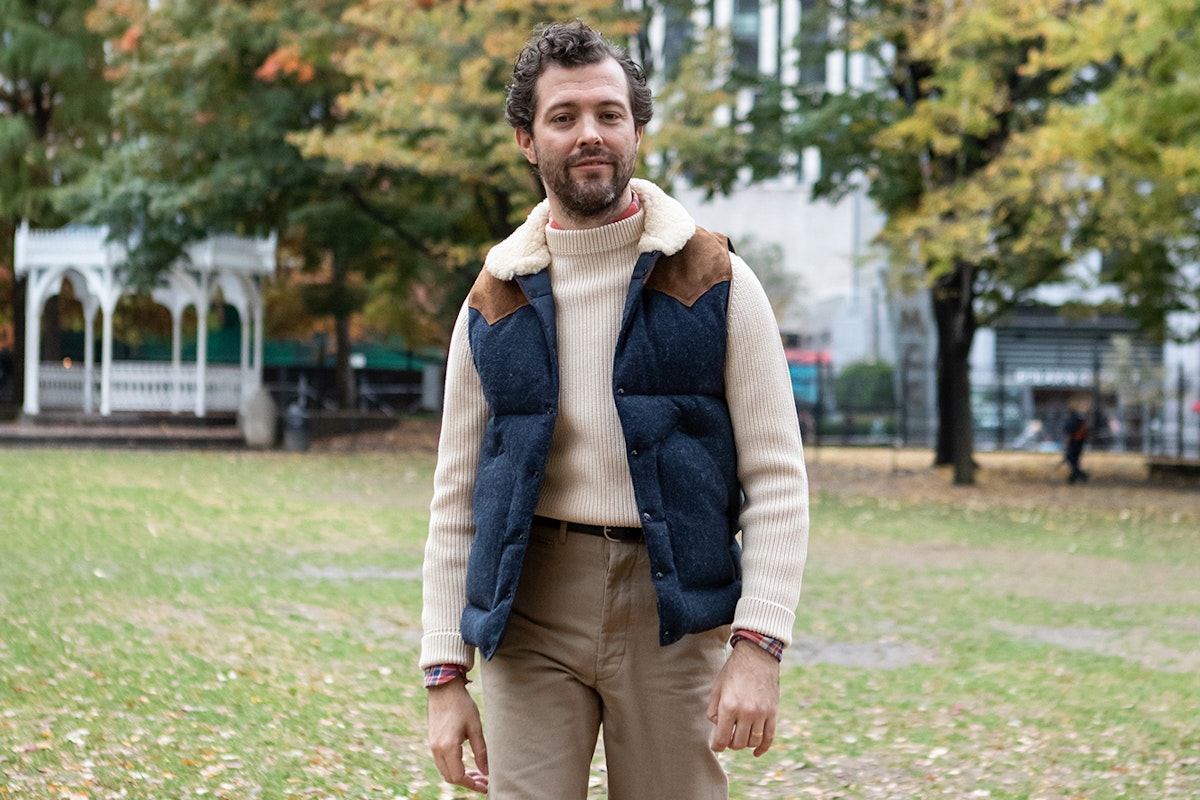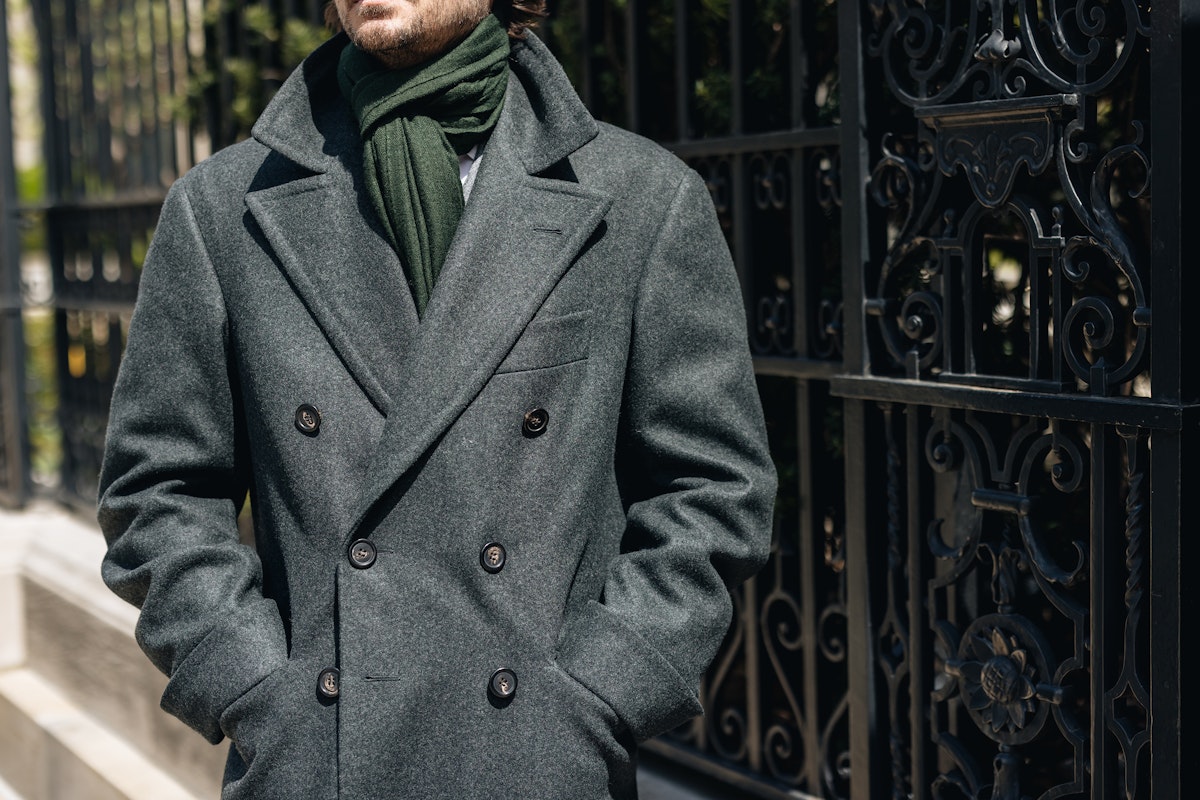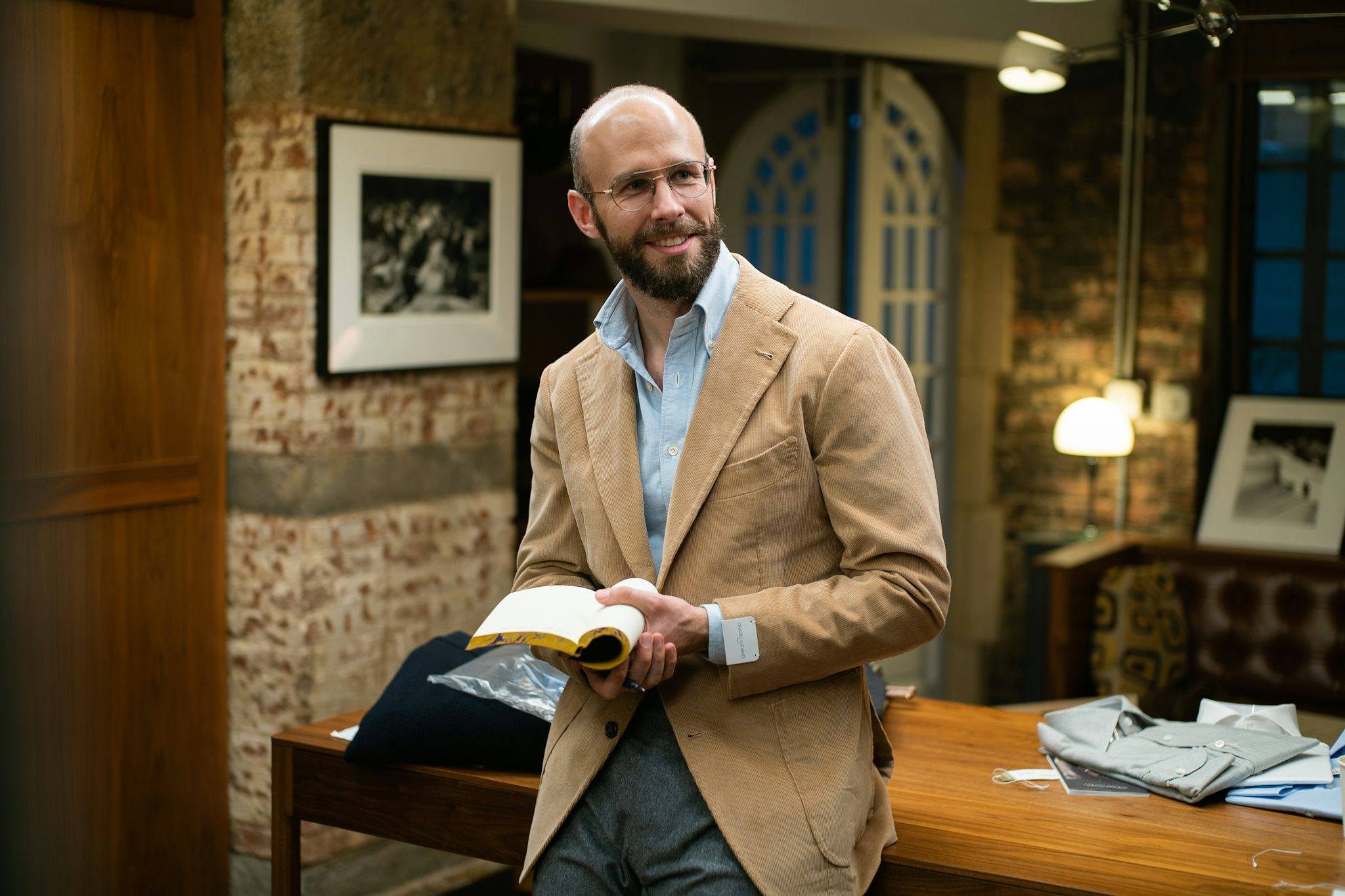
Simon Crompton of Permanent Style breaks down the features of tailoring’s most important element.
Mr. Crompton has spent the past decade exploring almost every form of tailoring from London to Naples and beyond — square and structured to soft and slouchy. He has an unrivalled breath of experience with tailors and their styles.

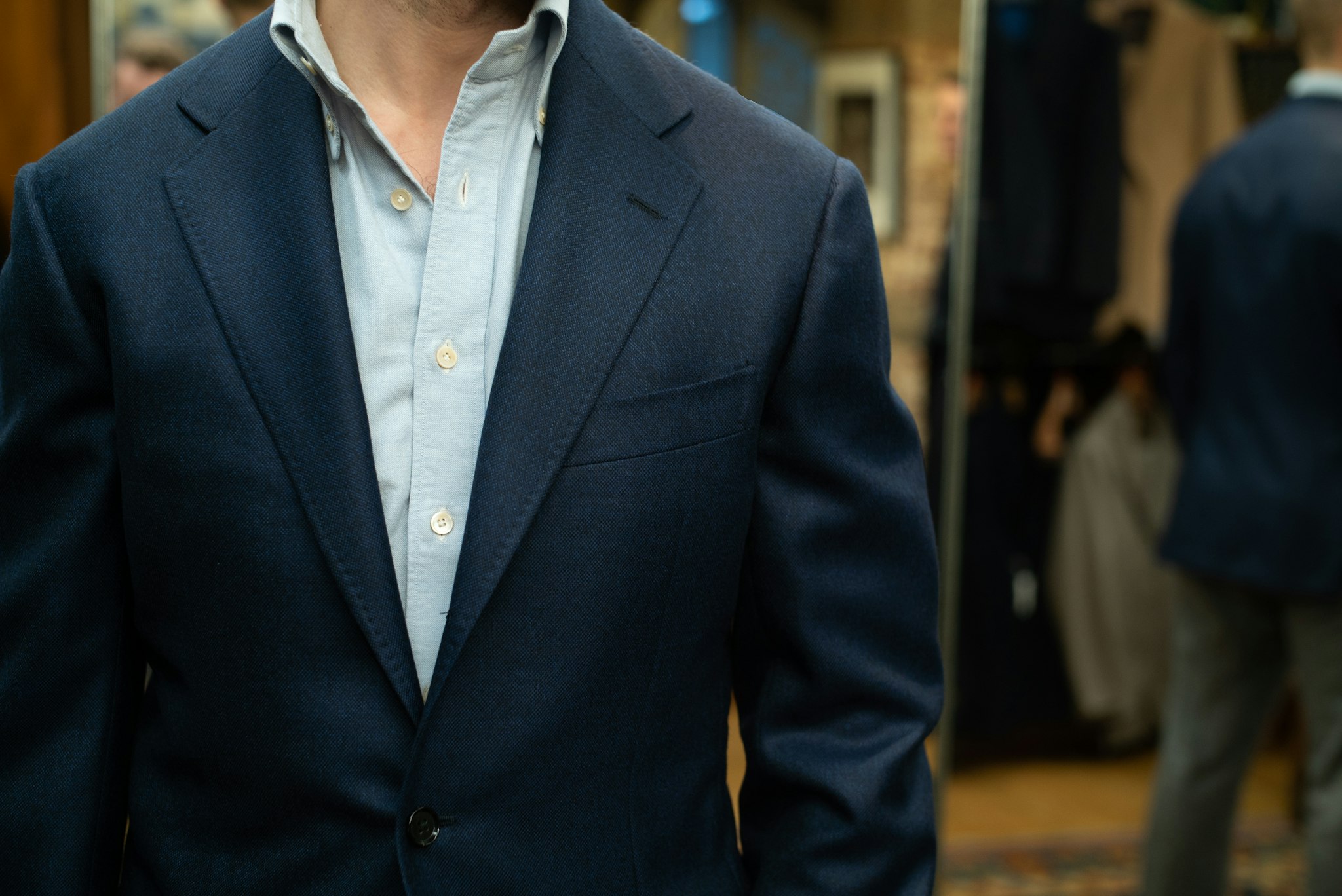
The details of how a jacket should fit can become very technical. Rather like the finer aspects of wine, cars, or whisky, there is a depth of understanding which might be intellectually interesting, but concerns subtleties irrelevant to the average consumer.
The shoulders of a jacket are not one of those subtleties. They are, arguably, the most fundamental aspect of its style and construction, and drive the visual impact of a suit or sport jacket has — the impression of power or play, formality or relaxation.

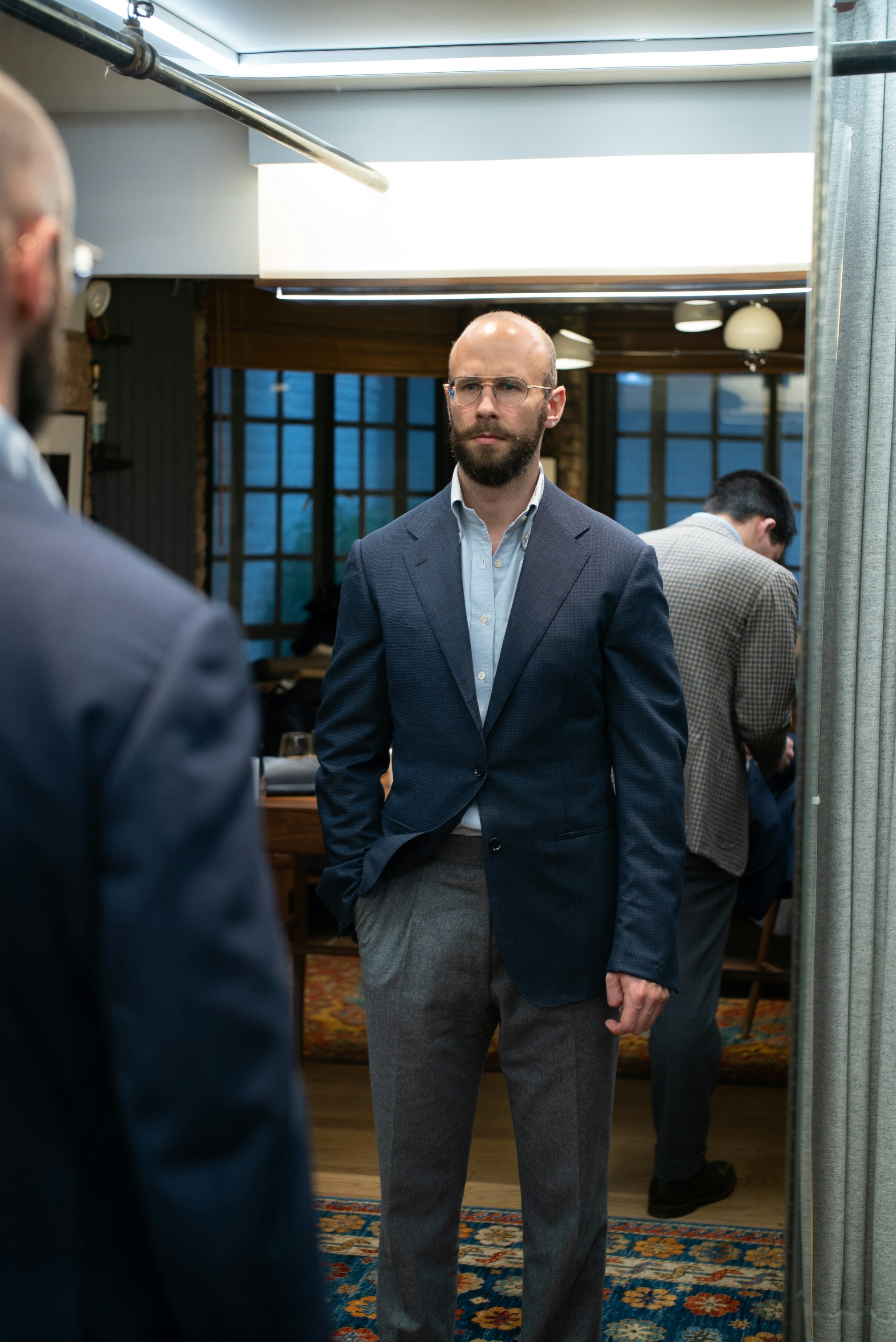
Picture the shoulder of a jacket in your mind. There are relatively few dimensions in which it can vary.
Width
First, it can be narrower or wider. The shoulder pad can be used to push outwards, beyond the natural end of the wearer’s shoulder underneath; or it can be shortened, riding up the man’s shoulder and forcing his arm out into the top of the sleeve.
Height
Second, it can be higher or lower. A bigger shoulder pad raises the shoulder of the jacket, making it look squarer; a smaller shoulder pad, or no pad at all, lowers the shoulder and makes it look more rounded.
Curvature
Third, you can turn it into a curve, rather than a straight line. Generally, this is done to emphasize the end of the shoulder, as an alternative way to create an impression of width. Some tailors do this by adding extra padding at the end. Others achieve this by ‘roping’ the top of the sleeve.

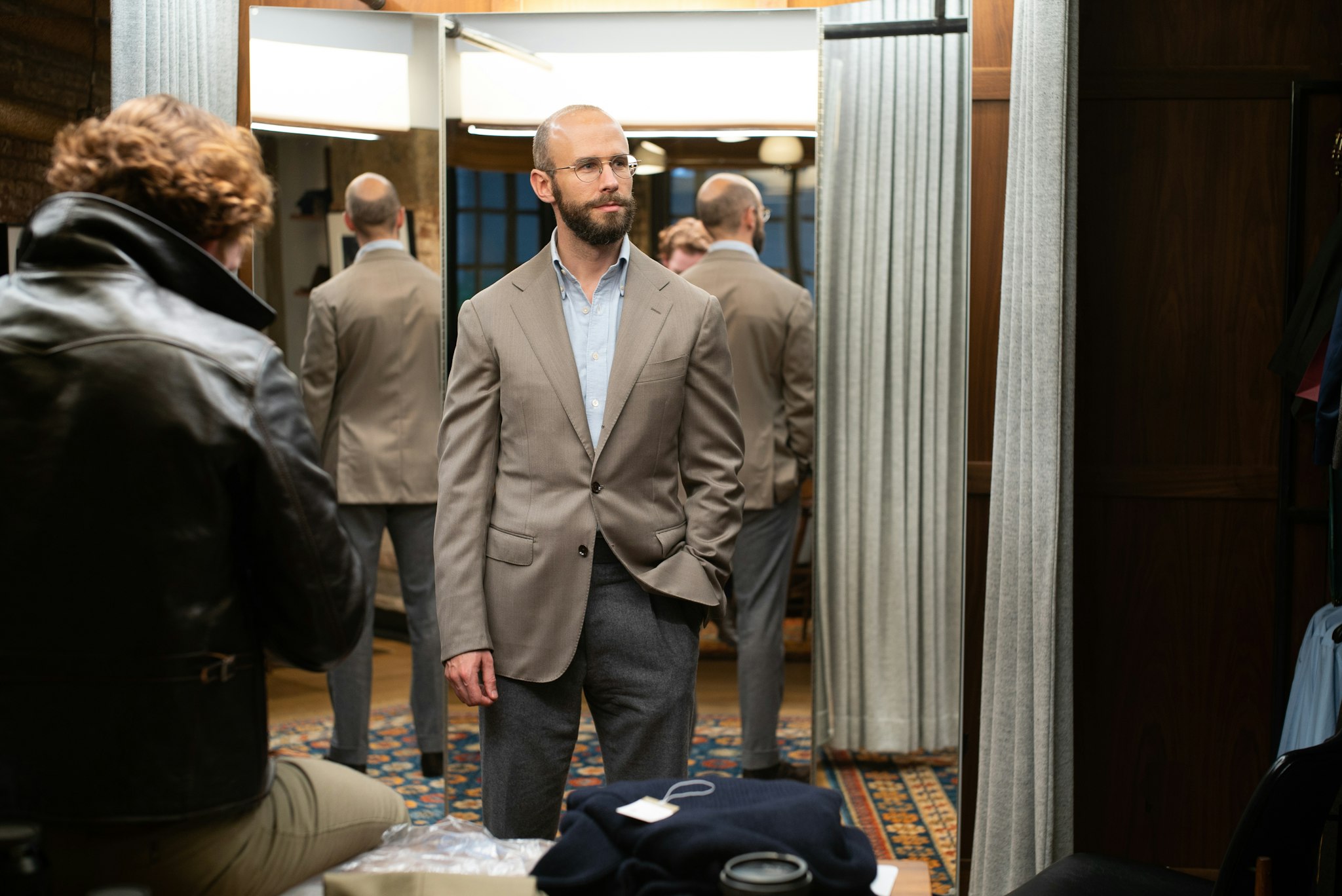
Arguably, the ripples of a Neapolitan jacket also achieve the same thing by drawing the eye to this broadest point.
Taking these variables, it is pretty intuitive that a narrower, lower shoulder is considered more more casual, while a wider, higher shoulder is considered smarter, more formal.
The most important aspect of a jacket, after all, is the way it flatters a man’s body by giving him a defined waist with the V-shape that plunges down to that waist. A bigger shoulder widens this ‘V’ to accentuate the flattering effect.
These are the essentials. They are always worth bearing in mind when trying on, and comparing, two differently styled jackets or suits.

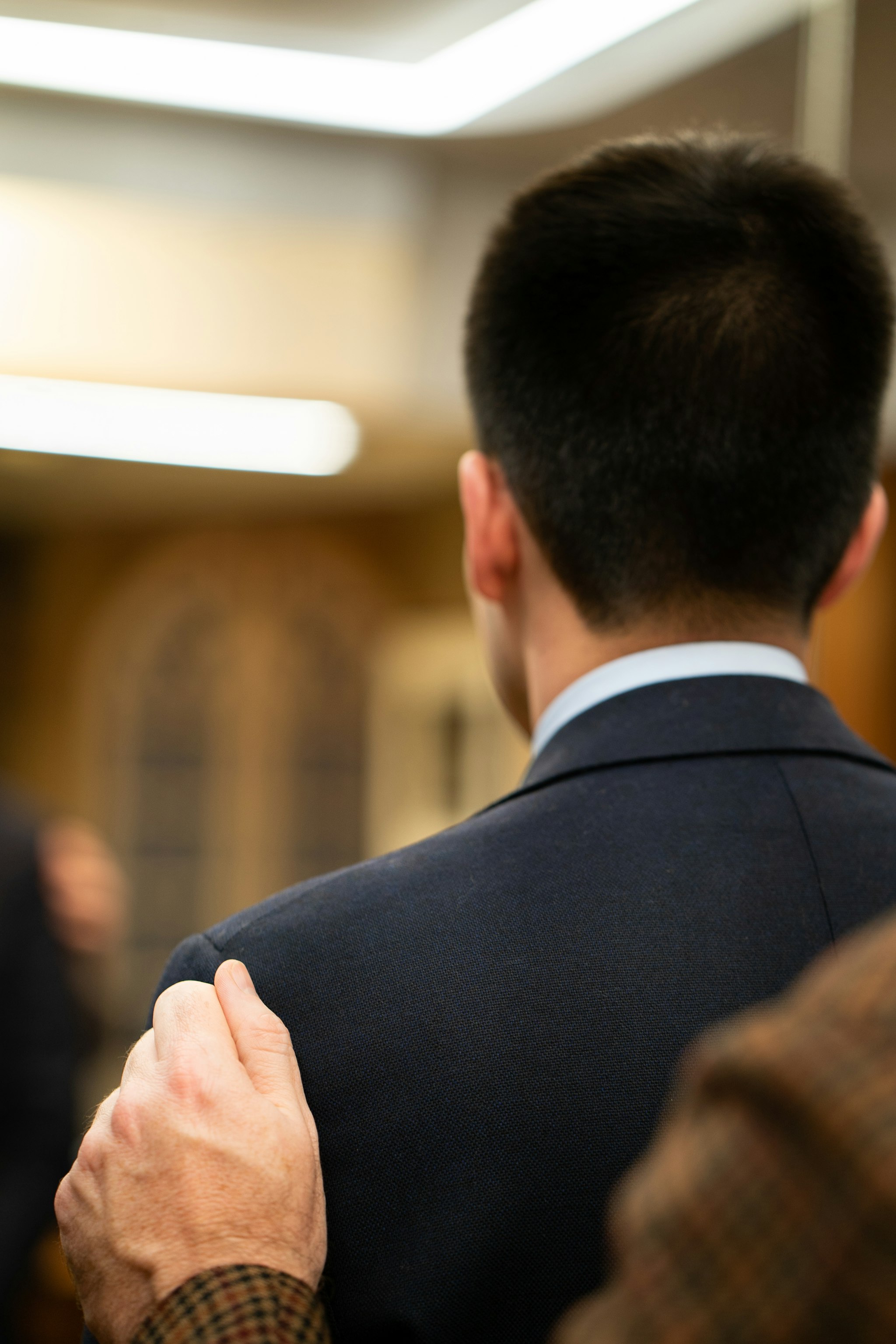

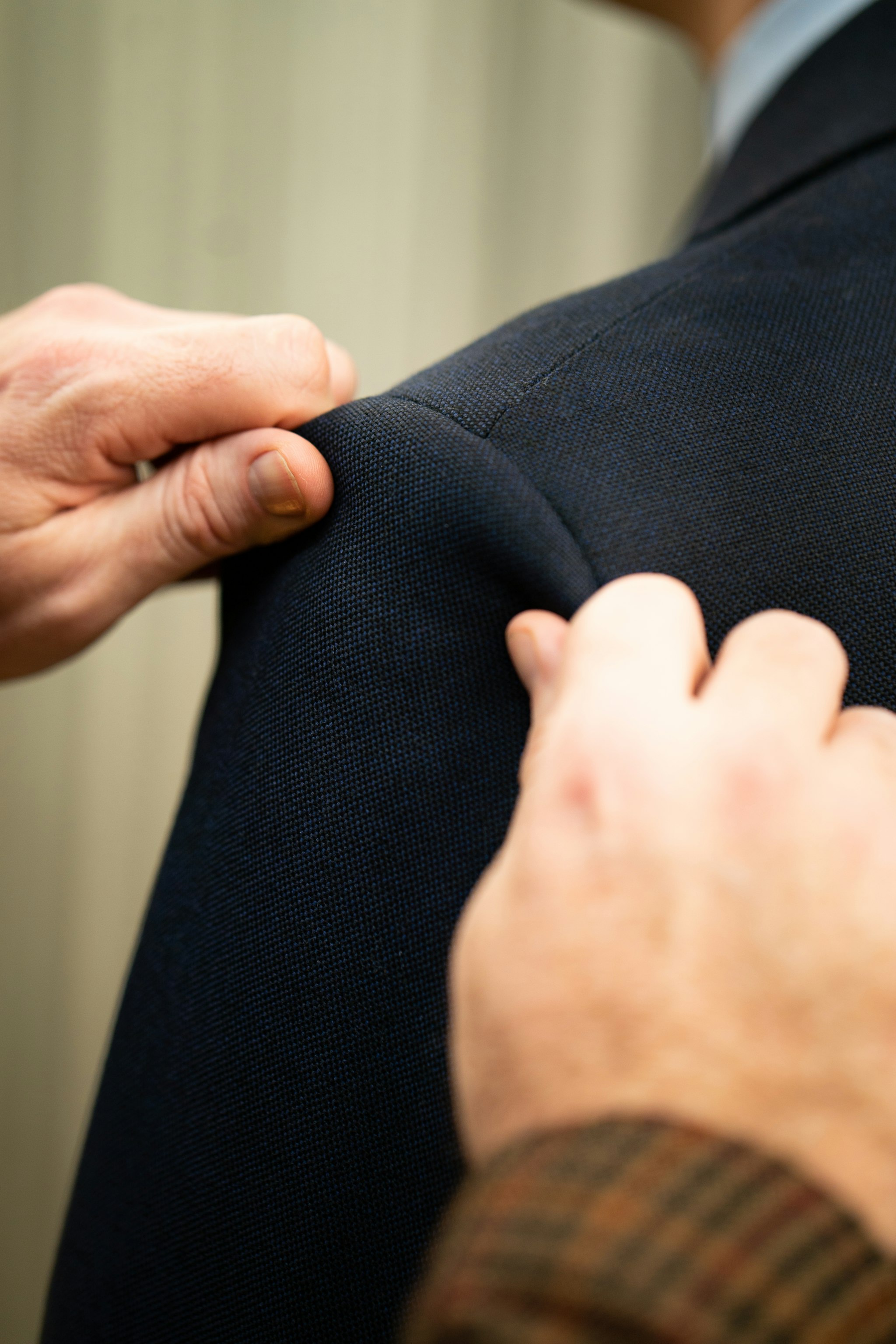

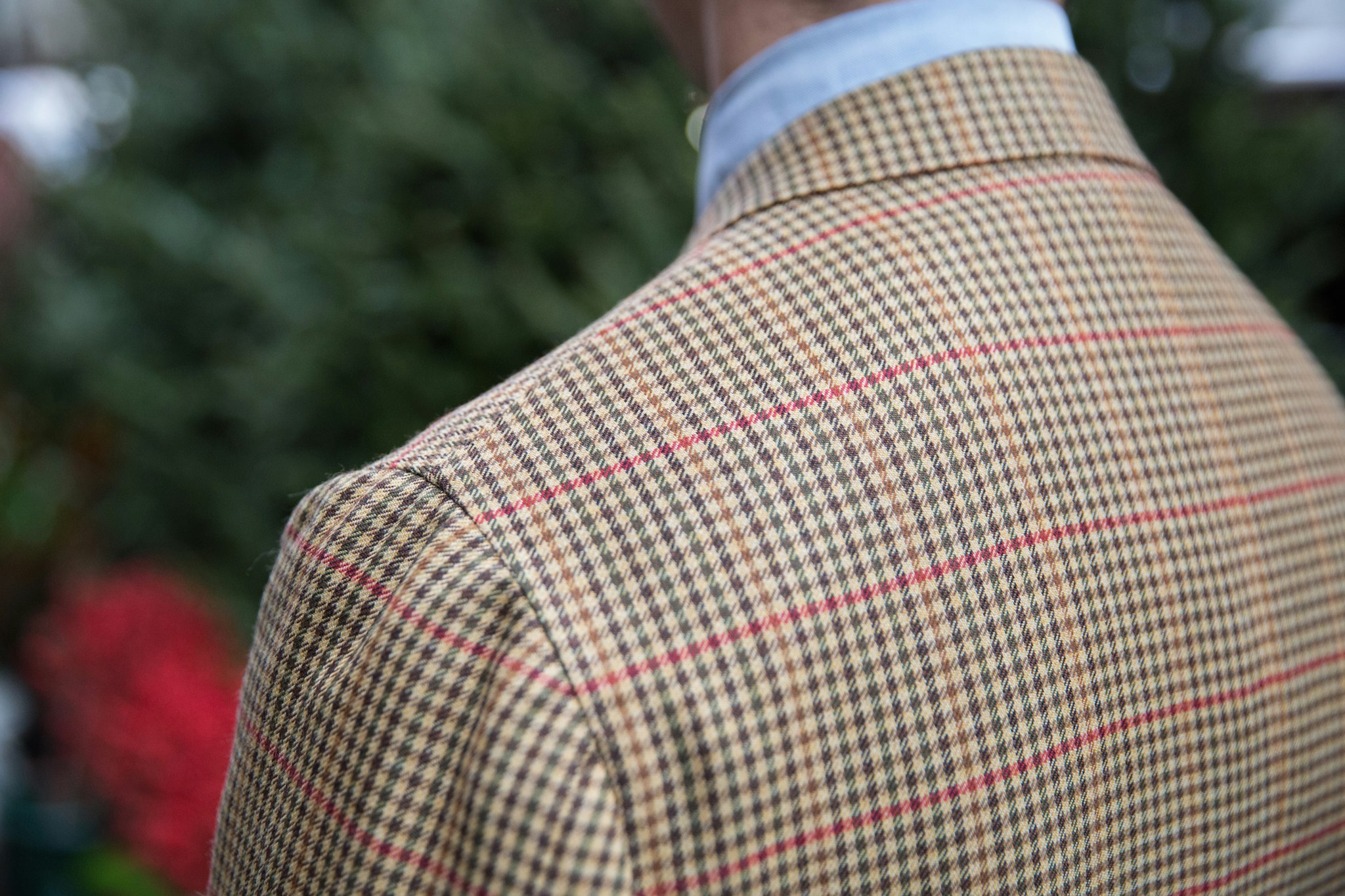
On a personal level, I would add that I think the width of the shoulder and the rope/ripples of the sleeve head are the two things worth focusing on.
Being ‘square shouldered’ as a reflection of strength is a rather old-fashioned idea, rooted in military tailoring. The width of a shoulder is much more objective - plus, having lots of padding in a suit is pretty uncomfortable.
I’d suggest focusing on width rather than height: a jacket with an extended shoulder for something smarter, and a smaller, shirt-like shoulder for something casual. The English ‘drape’ cut and traditional Florentine style make ample use of the former; Neapolitan jackets the latter.
Also, pay close attention to the top of the sleeve. A little roping here can be flattering and strong without the need for padding (something the Parisians are particularly good at). The little ripples of a Neapolitan ‘shirt’ shoulder, although perhaps effeminate in some people’s eyes, manage to be both flattering and delightfully nonchalant. A wonderful combination.

